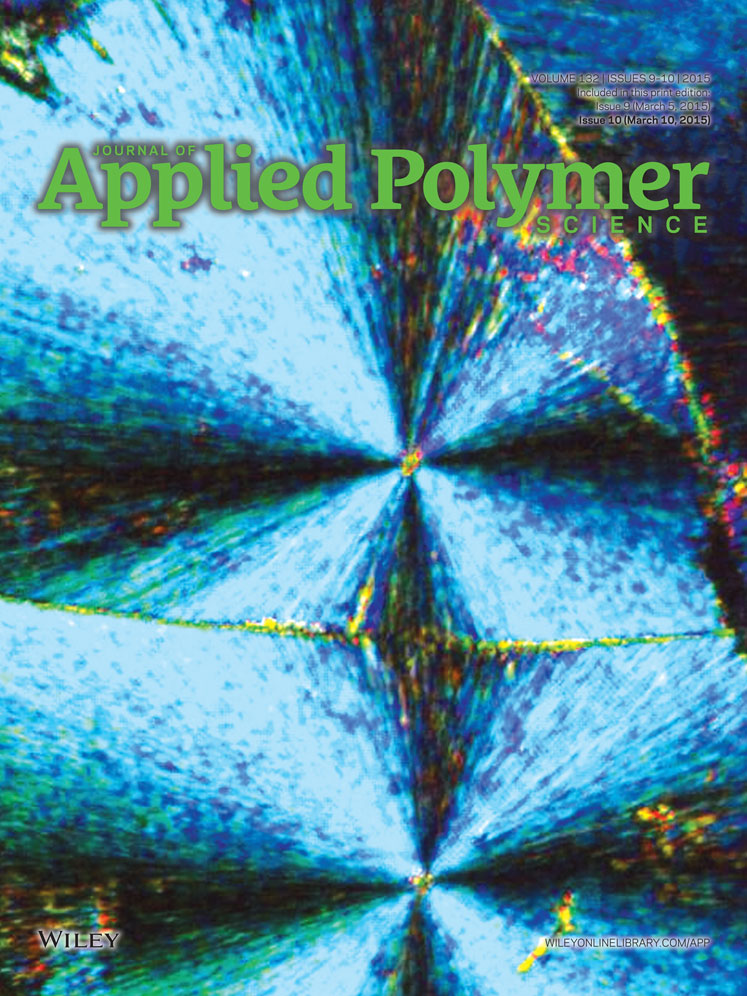Water filtration properties of novel composite membranes combining solution electrospinning and needleless melt electrospinning methods
ABSTRACT
New composite polyvinyl alcohol (PVA)/polypropylene (PP) membranes were prepared by combining both solution electrospinning and melt electrospinning methods. Self-designed and made needleless melt electrospinning device was used to fabricate PP membranes which acted as the support layer. PVA membrane on the surface was fabricated via solution electrospinning. The electrospun PVA/PP composite membranes were characterized by the pore size distribution, pure water flux, and rejection ratio, then compared with general composite membranes. Characterizations revealed that the fiber diameter of solution electrospun PVA membrane and melt electrospun PP membrane were 0.171 ± 0.027 and 2.24 ± 0.33 μm, respectively, and the average pore size was 0.832 μm and 27.29 μm, which was much smaller than the nonwoven membrane. The rejection ratio to the 500 nm particles of the PVA/PP composite membrane could reach more than 96%, which was much larger than that of the PVA/non-woven substrate of 90%, and the melt electrospun PP membrane of 80%, and still maintained high permeate flux of 32,346 L/m2h under the pressure of 0.24 bar. This approach of compositing the solution electrospun membranes and melt electrospun membranes could be useful in designing novel microfiltration membrane owning both higher flux and higher rejection ratio. © 2014 Wiley Periodicals, Inc. J. Appl. Polym. Sci. 2015, 132, 41601.




